Do Deadlifts Work Abs? Stabilizer Muscles Explained
Many sub-cultures of weightlifting will debate over the actual need to include abs isolation exercises into a workout, as it is believed that simply performing heavy compound exercises like the squat or deadlift will provide sufficient abs work.
Whether or not this sort of training stimulus is sufficient will depend on the athlete, but there is no doubt that exercises like the deadlift do indeed work the abs muscles.
Deadlifts are capable of training the entirety of the core muscle groups, including the abdominal muscles. The majority of this contraction is static in nature, and primarily builds strength and endurance, rather than inducing any significant amount of hypertrophy.
What is the Deadlift?
The deadlift is a closed kinetic chain compound exercise that is widely regarded as one of the hardest exercises for a modern weightlifter, as it recruits nearly every muscle group in the body to a certain extent.
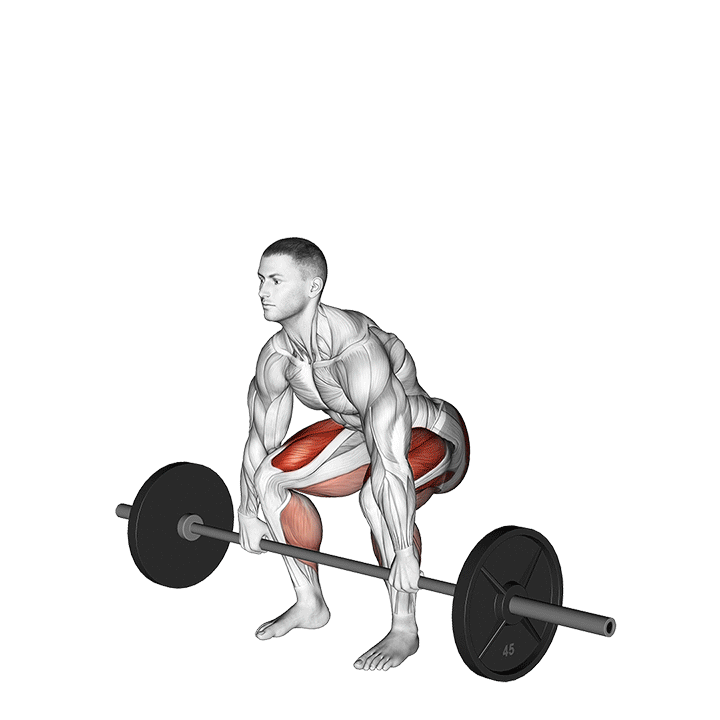
The conventional deadlift utilizes a barbell and set of weight plates, and is frequently seen in many powerlifting or strength training programs due to its effectiveness at conditioning the entire body as a whole.
While its execution is admittedly quite technical, it can essentially be boiled down to the lifter pulling a heavily loaded barbell from the floor while in a squat position until they are standing upright with the barbell held in their hands.
Anatomy and Role of the Abs Muscles in Relation to Deadlifts
The abs muscles are in fact multiple layers of skeletal musculature layered atop each other, with the most visible and outermost portion being the rectus abdominis - or what is otherwise known as the “six-pack”.
However, when the core or abdominal muscles are contracted, it is more than just the rectus abdominis responsible for producing force - especially during deadlift performance, where other portions of the core like the obliques and lower back muscles are also brought into play.
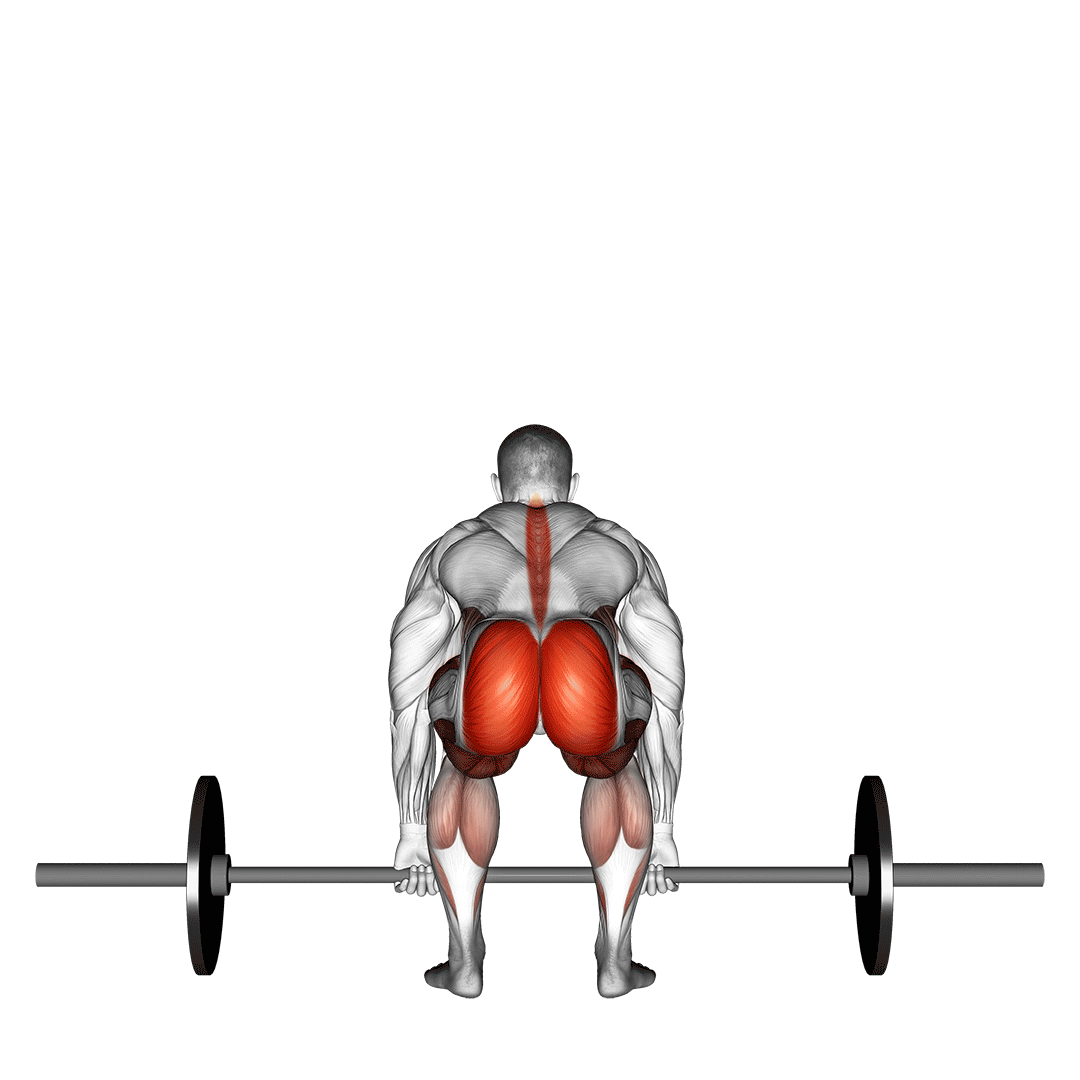
In totality, the deadlift will train all muscles of the core, including the transverse abdominis, the internal and external obliques and the erector spinae.
Function of the Abs in the Deadlift
The abs muscle’s role in force output is primarily for the purposes of upper body stabilization (what is otherwise known as isometric contraction), meaning that it is not a dynamic movement as far as the abs are concerned and thereby will not have the same type of training stimulus as a directly targeted and dynamic isolation exercise.
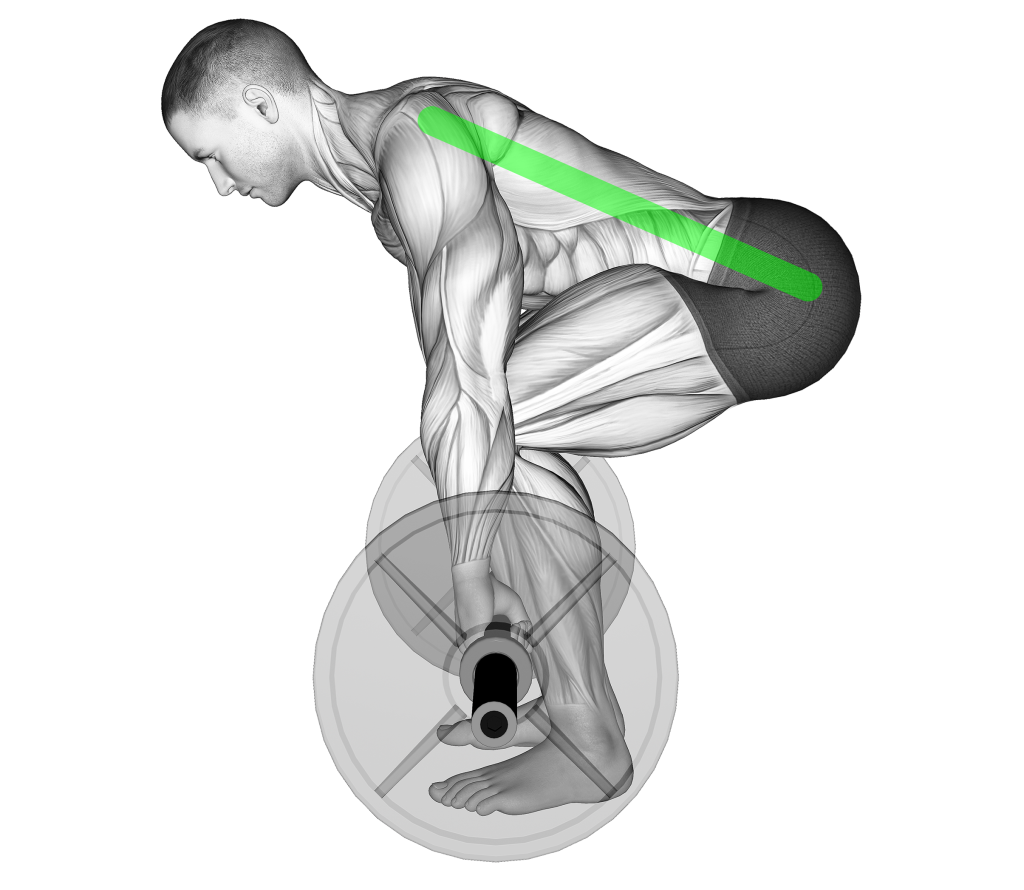
As isometric contraction is primarily done by the body so as to create a safer and more stable movement, the abs muscles are essential during any deadlift repetition, because they will not only aid in translation of force from the lower body but also greatly reduce the risk of upper body injury.
In short, the deadlift indeed will work all muscles of the core, abs included. However, whether it does so in any exceptionally effective way is up for debate.
Deadlifts and Isometric Contraction of the Abs
As was touched upon in the previous section of this article, the deadlift will primarily call for isometric contraction of the core musculature, rather than dynamic contraction.
Such a type of contraction allows for better translation of force from the larger muscles of the lower body, and greatly reduces the risk of injuries to the spine or internal organs as the core muscles act as a tight band that maintains intra-abdominal pressure throughout the torso.
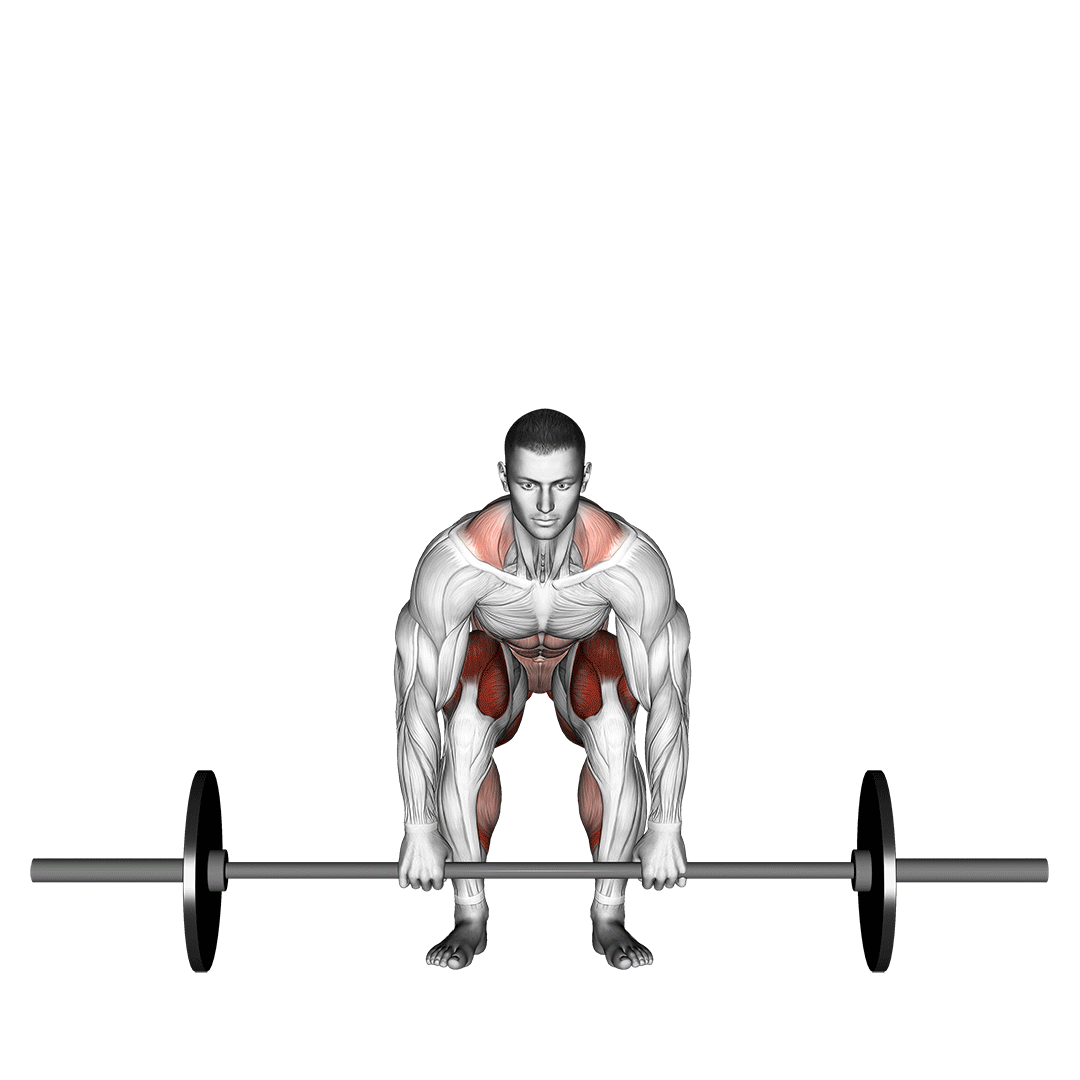
According to recent clinical research, isometric contraction is less likely to result in a significant hypertrophic response of skeletal musculature, instead improving other areas of physical fitness like CNS-driven contractility and muscular endurance.
What this means is that the deadlift will undoubtedly improve your abs with regular performance, but it is unlikely to result in an increase in muscle mass - not to mention make your six-pack more visible, as the latter factor is primarily a result of low body fat percentage.
Whether or not this means that the deadlift is the only abs exercise you need will depend on what sort of lifter you are, and your specific goals in the gym.
Are Deadlifts Enough for Your Abs Goals?
Now that we’ve established that the deadlifts do indeed work the abs, the question is whether they work the abs enough to warrant being the sole source of core muscle training stimulus within a workout routine.
The answer to such a question is less scientific in nature and more based on your own personal goals; if you are seeking to build much-coveted six-pack abs, it is likely that performing deadlifts alone is insufficient.
Are Deadlifts Enough to Build Strong Abs?
In terms of pure muscular endurance and isometric capacity, deadlifts are indeed just as effective as other specially-purposed movements like planks where the bulk of the stimulus involves no dynamic movements whatsoever.
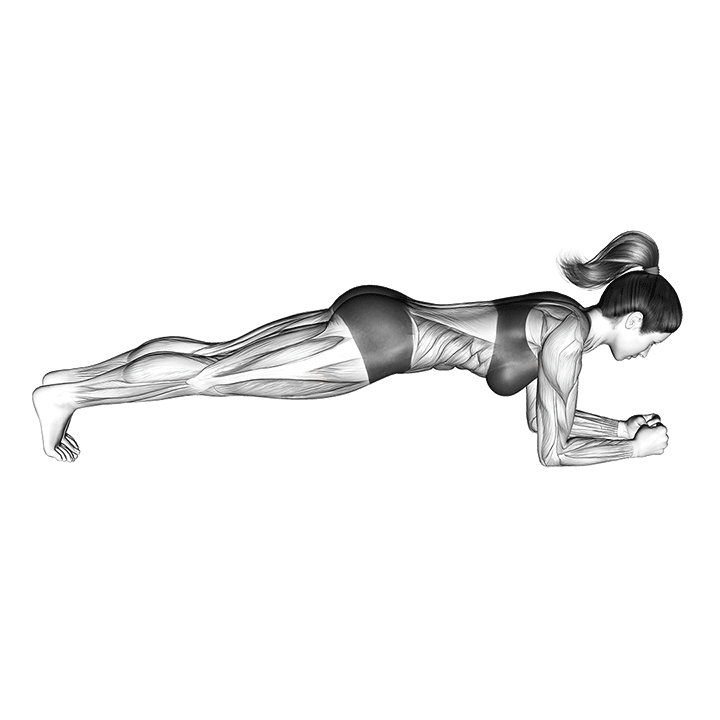
Not only do deadlifts improve these aspects of abdominal muscle performance, but they are also capable of improving proper bracing mechanics, creating significant carryover to other heavy compound movements like the squat or rack pull.
Furthermore, the deadlift will work the entirety of the core in a single efficient movement, not only teaching the central nervous system how to efficiently contract all these muscle groups simultaneously but also saving the lifter time and energy in a manner that direct isolation exercises cannot.
All in all, this equates to the deadlift being more than enough if simple abdominal muscle performance is your goal - almost entirely eliminating the need for direct abs work, unless you have an imbalance or specific activity in mind.
Are Deadlifts Enough to Have a Visible Six-Pack?
On the other hand, if visible six-pack abs are your goal, the deadlift may not be enough training stimulus or burn enough calories to allow for a visible rectus abdominis muscle group.
Remember, visible abs are made in the kitchen, not the gym.
While deadlifts can doubtless improve the work capacity and force output of your core musculature, it is far better to induce hypertrophy and weight loss (however small) through high-volume isolation movements like decline crunches, planches, leg raises or V-sits so as to maximize the visibility of the abs muscles.
This, combined with a proper diet and sufficient calories burned through aerobic exercise will lead to having a visible six-pack - something that is not entirely guaranteed if performing deadlifts alone.
Best Abs Exercises to Pair with Deadlifts
In the event that you have decided that deadlifts alone are not enough abs stimuli in your training, it is entirely possible to pair one or two isolation exercises alongside them so as to maximize the development of your core.
For Abs Strength
1. Planks
Planks function quite similarly to deadlifts in terms of ab muscle contraction, as they both work the muscles of the core in a stabilizing fashion.

This is the reason why planks are arguably the best abs isolation exercise to pair with deadlifts, as they simply build upon the foundation of training stimulus already set by the heavier exercise.
Pairing planks with deadlifts will greatly aid in building muscular endurance and the capacity of the abs to remain stable under heavy loads, creating a mutual carryover between both exercises.
2. Side Planks
Just as how planks are excellent as a deadlift accessory movement for the abs, so too are side planks for the internal and external oblique muscles - of which are arguably just as important in terms of core strength and endurance.
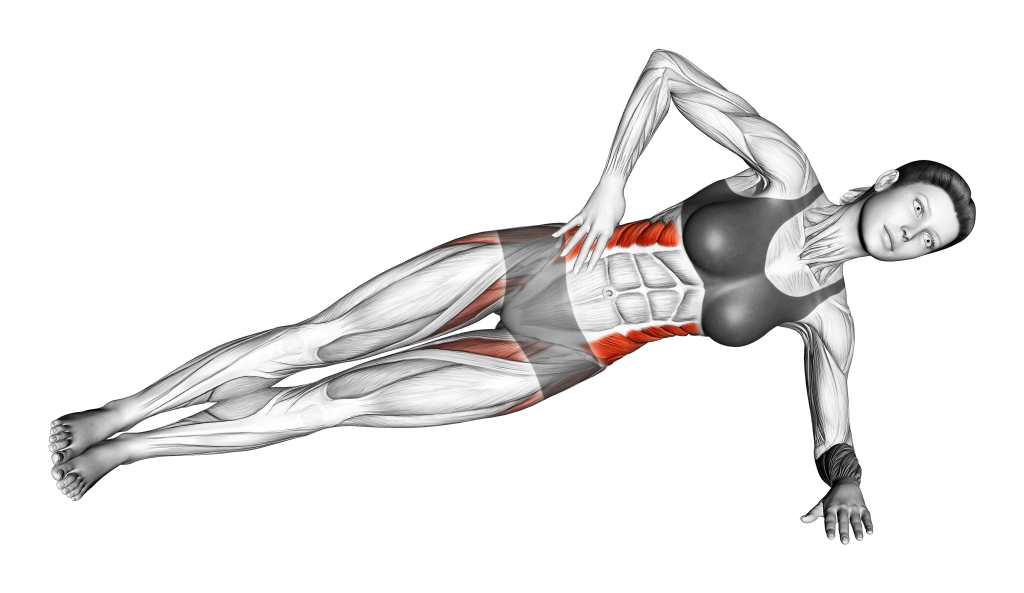
For lifters with trouble maintaining stability during rotational movement of the torso, including side planks alongside the deadlift will produce a far greater training stimulus throughout the entirety of the core.
3. Vacuum Holds
A forgotten exercise from early competitive bodybuilders, vacuum holds or stomach vacuums involve targeting the transverse abdominis muscle, of which meshes quite well with the core muscle training of the deadlift due to the positioning of the former muscle within the abdomen.
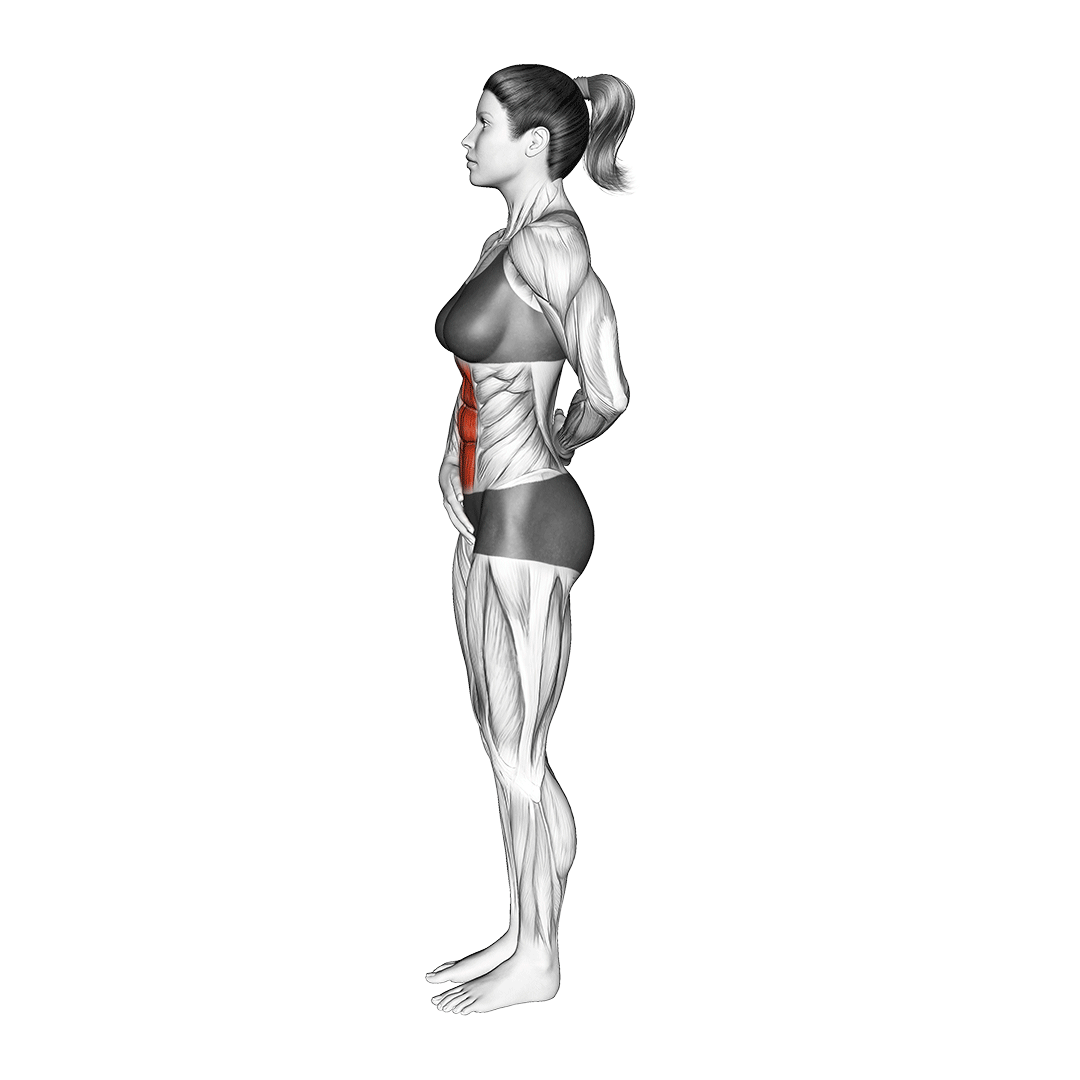
Performing stomach vacuums alongside deadlifts ensures that the entirety of the abdominal muscle group is trained in an isometric capacity, maximizing stability and greatly reducing any risk of injury.
For Aesthetics
1. Sit-Ups
Whether it be traditional sit-ups or any other variation involving their characteristic wide dynamic movement, pairing such exercises with the deadlift will ensure that the abs are worked in both a static and dynamic manner - maximizing both strength and mass to their fullest degree.
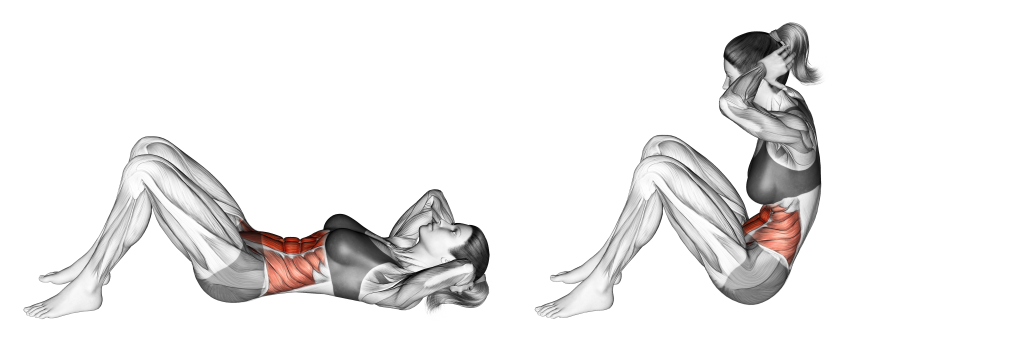
2. Ab Wheels
Perhaps one of the most effective abdominal exercises, ab wheels function quite well when paired with deadlifts due to their high intensity of core muscle recruitment and highly dynamic range of motion.
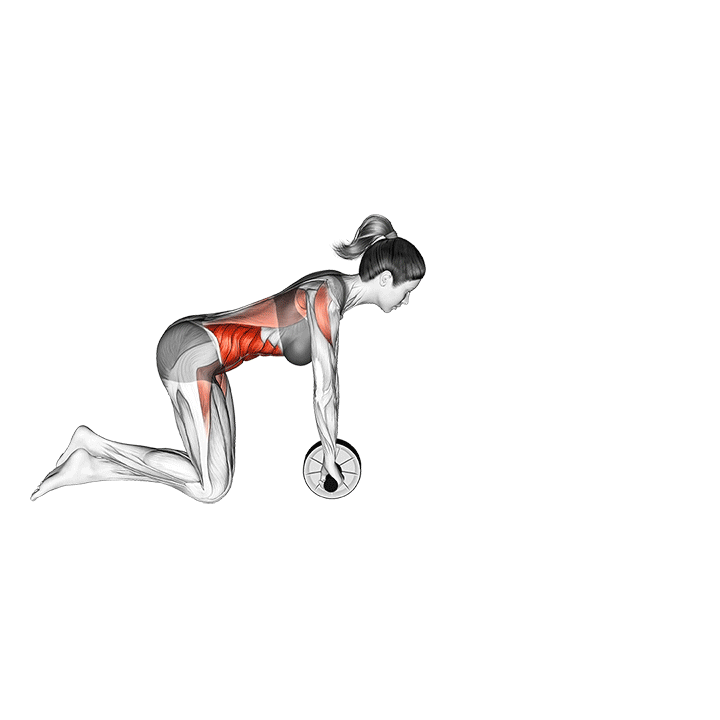
However, when pairing ab wheels with deadlifts, it is important to pay attention to the state of your lower back, as both exercises can be quite taxing on the muscles therein and can lead to injury if performed excessively.
Frequently Asked Questions (FAQ)
Can You Get a Six Pack From Deadlifting?
While the deadlift can indeed train the abs and burn a few calories, they are not the most effective way of going about achieving six-pack abs.
Remember that abs are made in the kitchen, and that the most effective way of getting your abs to pop is to perform targeted isolation exercises that create a localized hypertrophic response.
This means movements like planks and sit-ups are arguably better exercises for a six-pack than the deadlift, so long as they are combined with a caloric deficit.
Do Deadlifts "Burn Belly Fat"?
Deadlifts are a highly taxing exercise, and as such will cause quite a few calories to be burned over the course of multiple sets.
That being said, spot-targeting body fat deposits with exercise is not considered to be effective in modern sports science, and as such it is unlikely that deadlifts will burn belly fat - rather, they will instead burn a small amount of fat throughout the entirety of the body.
Should I Feel Deadlifts in my Abs?
No - while deadlifts will involve maintaining intra-abdominal pressure through a carefully maintained core brace, they are not meant to tax the abdominal muscles excessively.
Instead, the deadlift should be felt in the back and lower posterior chain, of which are the muscles that are meant to be worked the hardest during the exercise.
Final Thoughts
Though deadlifts will undoubtedly work your abs alongside the rest of the core, they are not the ideal solution to insufficient core stimulus in a workout.
Unless you’re a powerlifter or similar athlete who is more concerned with strength output than any other aspect of fitness, it may be a good idea to incorporate one or two abs exercises into your routine so as to help maximize your abs muscle training.
References
1. Martín-Fuentes I, Oliva-Lozano JM, Muyor JM. Electromyographic activity in deadlift exercise and its variants. A systematic review. PLoS One. 2020 Feb 27;15(2):e0229507. doi: 10.1371/journal.pone.0229507. PMID: 32107499; PMCID: PMC7046193.
2. Valleser, Christian Wisdom & Santos, Garizaldy. (2017). EFFECT OF DEADLIFT TRAINING ON CORE STRENGTH IN PREVIOUSLY-UNTRAINED MALES. Journal of Physical Education Research. 4. 10-18.
